Design Studio
8 Types of Graphic Design You Need to Know
LantroTech Marketing
November 18, 2022
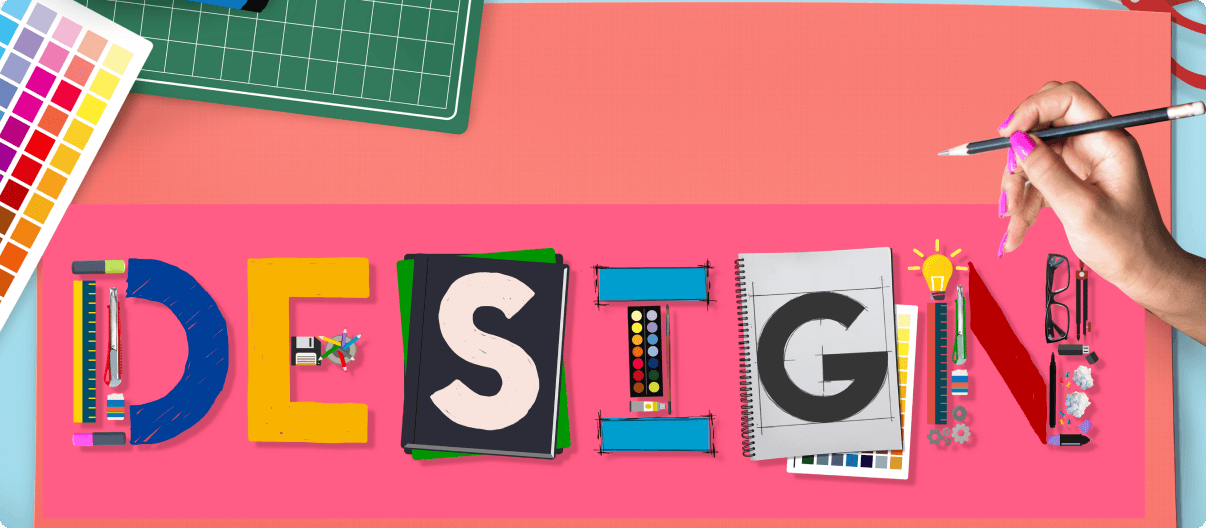
In today’s digital age, graphics play a vital role in getting your message across. A great and impactful design could allow, even a small business, a competitive edge over a major brand. Graphic design not only makes something attractive, but it also presents information in an impactful way to help deliver a message to your target audience. When you combine the right image, with a well-written headline, professionally executed in a well-established package, then BOOM! The message hits the target.
When we hear the term ‘Graphic Design’, a number of different interpretations come to mind as this subject encompasses a broad spectrum of specializations within the field. Some people may relate it to web design or mobile app design, some may say it is about creating digital media like brochures and business cards etc and others can classify it as packaging design and brand identity. What’s fascinating is that none of these references are wrong!
Essentially, we can divide Graphic Design into 8 categories and whether you are an aspiring designer or a design service providing firm, it is crucial that you understand these 8 most common types. This article will walk you through these 8 types of graphic design and describe them in detail.
8 Fundamental Types of Graphic Design
1. Visual Identity Graphic Design
It is one of the most common types of graphic design that lets a business create a unique brand identity, helping communicate the brand story to its audience, and leaving a lasting impression. A visual identity design isn’t just a single thing, but a series of components combined to create a unique image for your brand. The most common elements of a good visual identity are logos, colour palettes, image styles, typography and photography. Thus, this particular type of graphic design is precisely the visual components of a brand that represent the qualities of the brand through images, shapes, and colors.
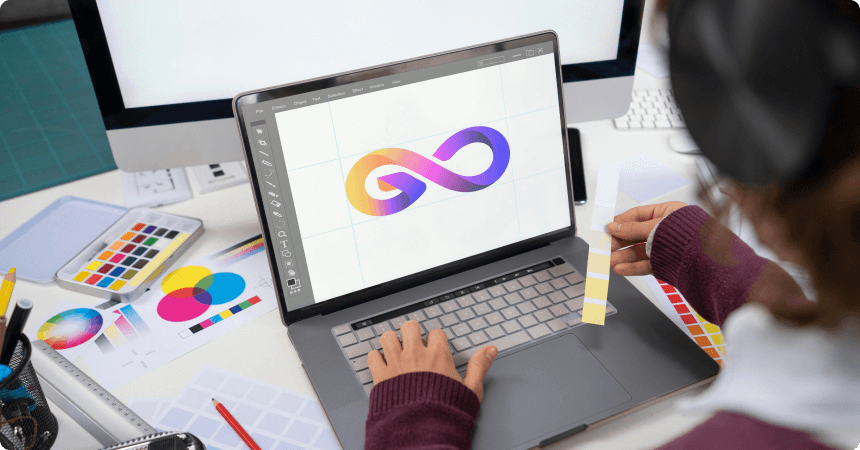
Visual ID Graphic Designers work with business stakeholders to develop digital assets like logos, typography, colour schemes, and image libraries that convey the unique essence of a business. They are also responsible for creating brand guidelines that will help ensure brand consistency throughout future applications.
A good Visual ID Graphic Designer must have sufficient know-how about all types of graphic designs in order to properly communicate the brand story. They must also possess excellent communication, conceptual and creative skills, and a passion for researching industries, organizations, trends and competitors.
2. Marketing and Advertising Graphic Design
Marketing and Advertising designs are the first thing that comes to people’s minds when they think of graphic design. This type of graphic design covers both digital marketing and print media advertisements to attract customers. Marketing graphic design is the process of creating visual components to advertise a product or convey a message. The main purpose is to improve a brand’s perception and visibility to facilitate its growth that ultimately leads to success.
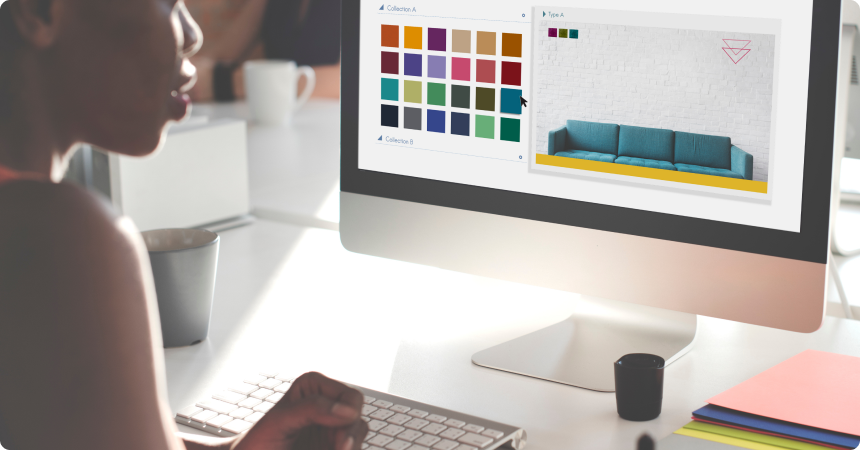
A marketing designer is a graphic design specialist who uses artistic skills to develop marketing and advertising campaigns for clients.
An in-house marketing designer working for a single firm is responsible for creating visual assets for advertising, marketing pitches, and publications that meet the company’s goals. They may also work on web design and landing pages.
On the other hand, a marketing designer working for an advertising firm is more likely to handle client demands including digital and print advertisements, brand identification, packaging, out-of-home advertising, and others.
Regardless of the environment, objects, or services they are working on, marketing designers must create good and efficient designs.
Marketing Design Examples Include:
- Postcards and flyers
- Magazine and newspaper ads
- Posters, banners and billboards
- Infographics
- Email marketing templates
- PowerPoint presentations
- Menus
- Social media ads, banners and graphics
- Banner and retargeting ads
- Images for websites and blogs
3. User Interface (UI) Graphic Design
User Interface (UI) is the graphical element of an app, website or device that a human user interacts with. UI design is all about developing interfaces that are easy to use and offer an excellent experience for users.
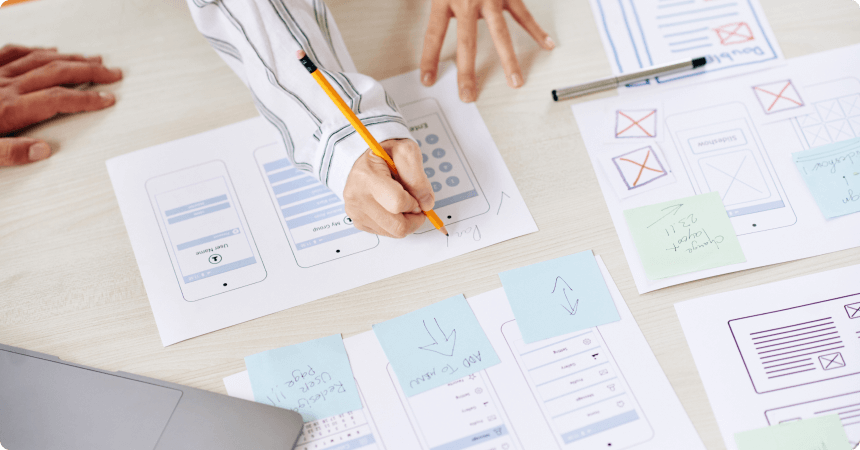
A user interface design includes display screens, keyboards, a mouse and the appearance of a desktop. However, UI design, when used in relation to graphic design, focuses on the visual experience of the user as well as the creation of on-screen graphic components like buttons, menus, micro-interactions, and more. A UI designer must maintain a balance between technological functionality, ease-of-use and visual appeal.
Examples of user interface graphic design:
- App design
- Web page design
- Theme design
- Game interfaces
To specialize in this field, one must have strong graphic design skills. They should also have a firm grasp of UI/UX principles, responsive design, and web development. In addition to this, they also require some knowledge of programming languages like HTML, CSS, and JavaScript.
4. Publication Graphic Design
This field of graphic design focuses on the creation of layouts and graphics for printed materials like magazines, newspapers, books, and other types of publications. Essentially there are two main types of publication graphic design, i.e., Print and Digital.
Print is the primary type of publication. All sorts of materials like books, magazines, mailing materials, newspapers etc., are included in this type of publication design. Color, font, the use of white space, photographs, positioning, and navigation must all be taken into account while designing a print publication.
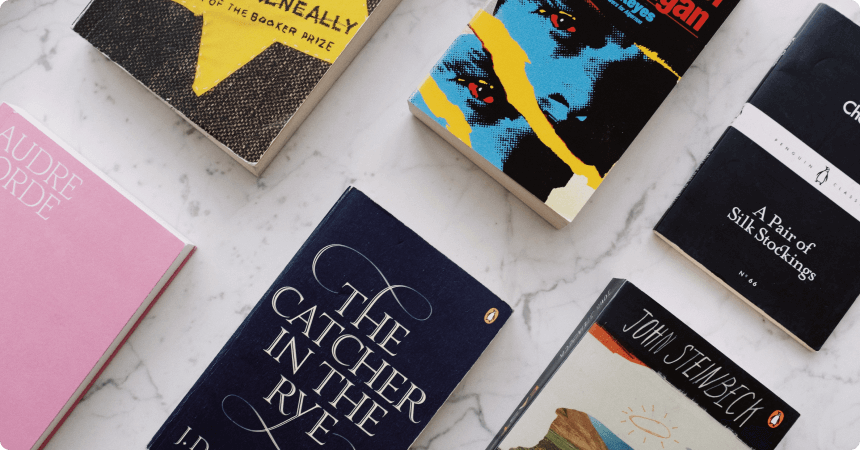
Digital
In the modern world, all printing materials like books, magazines, and newspapers are available to consumers in a digital or an online version. Of course, things like color, images, white space, and typography are still relevant in this form of publication, but digital publication designers have more elements to consider as well such as functionality, interactive elements, animations, and making mobile versions as well as computer browser versions.
To specialize in this particular field, one must have knowledge of both layout principles and typography. A well-designed publication can make your content easy to read and attractive to look at. That’s why it is quite important to have a talented designer on your team if you’re publishing anything online or in print.
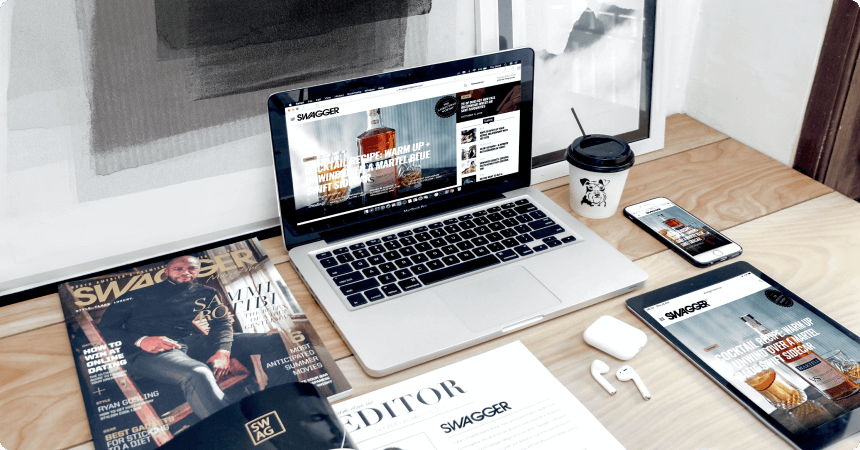
5. Packaging Graphic Design
Packaging design is typically not the first sort of graphic design that comes to mind when considering the various types. Packaging, however, can serve purposes beyond just being useful. That is to say, it involves much more than just providing space for a product. Emphasizing a product’s value to the consumer is the goal of package design in order to encourage that consumer to make a purchase.
Package design requires a wide range of design abilities and methods, just like many other types of design. Packaging designers not only create concepts but also develop mockups and create the print-ready files for a product. This calls for in-depth knowledge of print processes and a keen understanding of industrial design and manufacturing.
It is a very comprehensive type of graphic design that encompasses everything from photos and images to original artwork and typography. This design industry is most definitely the one to be in for individuals who are more creative.
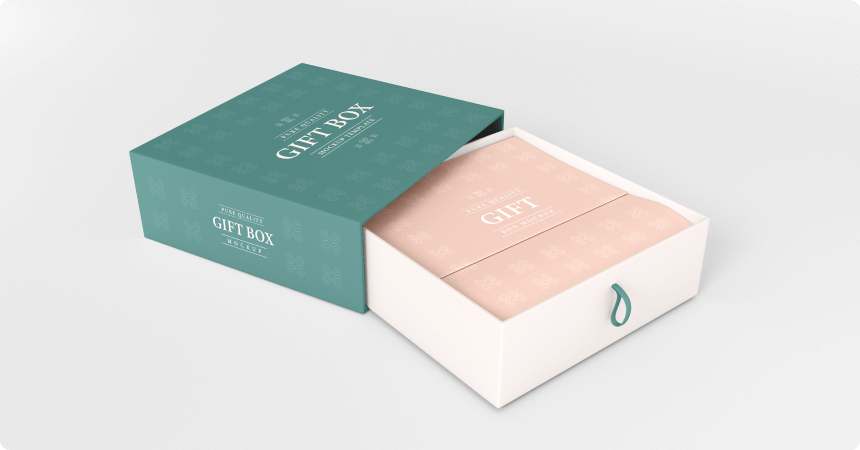
6. Motion Graphic Design
As the name implies, these are graphics in motion. Due to technological advancements and the popularity of video content, this type of graphic design has gained people’s attention. Motion design can be utilized in all sorts of digital platforms and is one of the latest forms of graphic design.
Examples of motion graphics include:
- Title sequences and end credits
- Advertisements
- Animated logo designs
- Trailers
- Presentations
- Promotional videos
- Tutorial videos
- Website design
- Apps
- Video games
- Banners
- GIFs
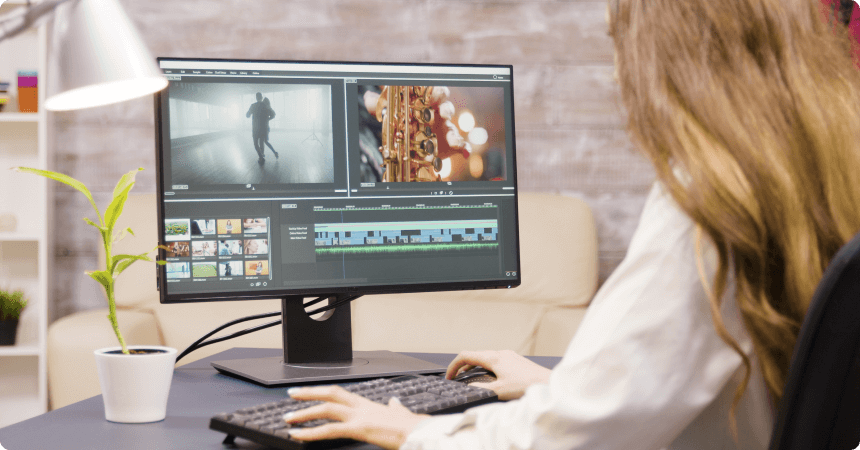
7. Art & Illustration for Graphic Design
Although Graphic Design and Illustration are two separate creative fields, they often tend to overlap. Usually, graphic design is seen more as commercial art; while, Illustrations are viewed as fine arts. However, graphic designers often use illustration to make a design stand out and create a lasting impact. So, we can define Graphic illustrations as a combination of visual elements such as colors, lines, shapes, forms, and layout texts with fine arts.
Designers can incorporate illustrations to enhance logos, create mood boards, develop marketing materials, or even improve user experience. Moreover, illustration helps in communicating ideas in an engaging and visually appealing way – something that is essential when trying to reach a wide audience.
Some examples of graphic design for illustrations include:
- Book Covers
- Stock Images
- Infographics
- Picture Books
- Comics Books
- Graphic Novels
- Technical Illustration
- Concept Art
- Graphic Patterns for Textiles
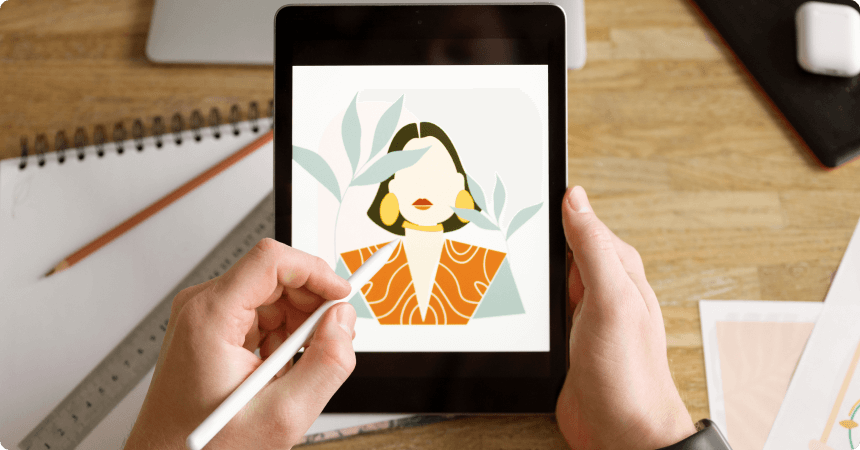
Graphic illustrators must possess both artistic skills and creative thinking to communicate abstract concepts. Typically, graphic illustrators are responsible for producing art for editorial and commercial use, as well as for use on websites and social media. This requires them to have a firm grip on the concepts of drawing, painting, art history, digital design, business and marketing.
8. Environmental Graphic Design
Environmental Graphic Design (EGD) is a domain that enhances the aesthetic appeal of architectural and landscape elements. Components like material, image, color, pattern, illustration, and typography are aligned with architectural features to convey a specific message or create a particular experience. The message and experience can take many different forms, from educating users about how to connect with the area to inspiring them about who lives there and what they do.

Some of the common design techniques used include:
- Window Films
- Wayfinding Systems
- Digital Signage
- Wall and Floor Graphics
- Backlit Displays
Environmental Graphic Design is a multidisciplinary domain that merges architectural, interior, landscape, graphic and industrial design. EGD designers collaborate with people in any of the above-mentioned fields to plan and implement their designs. So, designers working in this particular field should have experience in both graphic design and architecture. They should also be familiar with industrial design concepts as well as reading and sketching architectural plans.
Summing up
Graphic Design is an ever-growing industry, and the demand for knowledgeable and talented designers is on the rise. It is quite important to learn about different types of graphic design in order to choose the right option based on your skills and interest.
After reading this article, we are sure that you would have gained a firm understanding of the fundamental types of graphic design as well as a good idea of what types of skills are required for each type. We hope that you are now in a better position to judge which type of graphic design suits your interests best. If you are planning to go for a professional career in any of the above-mentioned types of graphic design, we wish you a successful career!